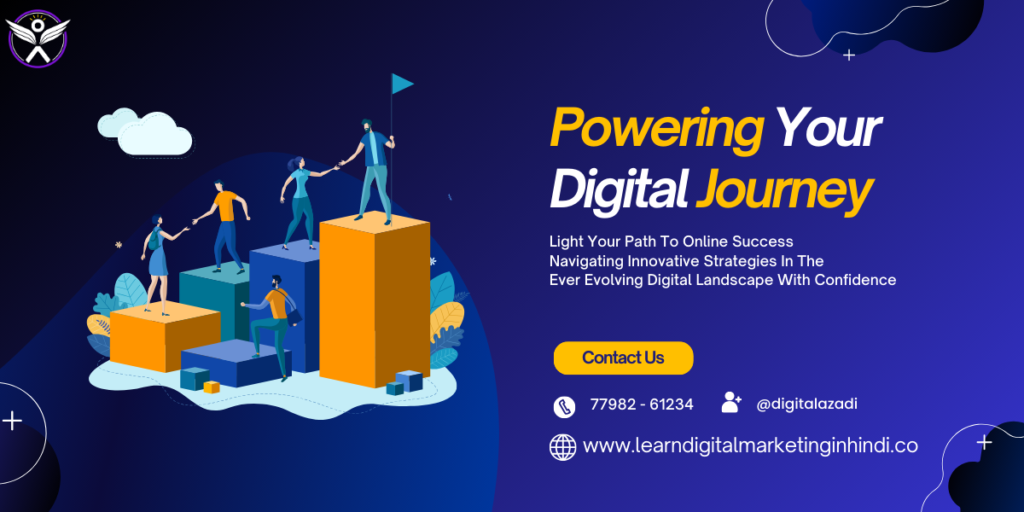Digital Marketing vs. Traditional Marketing: Navigating the Modern Business Landscape
In today’s rapidly evolving business environment, the age-old debate between digital marketing and traditional marketing continues to spark discussions among marketers and business owners alike. Both methodologies have their strengths and weaknesses, and understanding their differences is crucial for crafting effective marketing strategies in the digital era.
The Rise of Digital Marketing

Digital marketing encompasses all marketing efforts that utilize electronic devices and the internet. It leverages digital channels such as search engines, social media, email, and websites to connect with current and prospective customers. One of the primary advantages of digital marketing is its ability to reach a global audience instantaneously. Through targeted campaigns, businesses can tailor their messages to specific demographics, behaviors, and interests, thereby maximizing engagement and conversion rates.
1. Targeting and Personalization:
- Digital marketing allows for precise audience targeting through demographic data, online behavior, and interests.
- Personalization is easier with digital platforms, enabling businesses to create tailored content and offers based on user preferences.
2. Measurable Results:
- Metrics such as website traffic, conversion rates, and ROI can be tracked in real-time, providing immediate feedback on campaign performance.
- Analytics tools allow marketers to make data-driven decisions and optimize campaigns for better results.
3. Cost Efficiency:
- Compared to traditional marketing methods like TV or print ads, digital marketing campaigns can be more cost-effective.
- Small businesses and startups can leverage digital channels to compete with larger corporations on a more level playing field.
4. Interactivity and Engagement:
- Digital platforms facilitate two-way communication between brands and consumers, fostering engagement and building customer loyalty.
- Social media platforms enable real-time interactions, allowing brands to respond to customer inquiries and feedback promptly.
The Enduring Value of Traditional Marketing

Traditional marketing refers to conventional methods of promoting products and services that existed before the advent of the internet and digital technologies. This includes print advertisements, television commercials, radio broadcasts, direct mail, and outdoor advertising. While digital marketing has gained prominence in recent years, traditional marketing strategies still hold relevance in certain contexts.
1. Tangibility and Familiarity:
- Print ads, brochures, and physical signage provide a tangible presence that digital media cannot replicate.
- For certain demographics, especially older consumers, traditional marketing channels may evoke familiarity and credibility.
2. Local Targeting:
- Local businesses often rely on traditional marketing methods such as flyers or community events to reach their target audience.
- In regions with limited internet access or digital literacy, traditional marketing remains essential for effective outreach.
3. Brand Awareness:
- TV commercials and billboards can generate widespread brand recognition, particularly for large corporations with substantial marketing budgets.
- Traditional media outlets offer opportunities for broad reach and exposure to diverse demographic groups.
4. Emotional Impact:
- Traditional marketing techniques, such as storytelling in TV ads or emotional appeals in print campaigns, can evoke strong emotional responses from consumers.
- Effective use of visuals and audio can create memorable experiences that resonate with audiences on a deeper level.
Integrating Digital and Traditional Marketing Strategies

While digital marketing continues to reshape the marketing landscape, successful businesses often adopt an integrated approach that combines both digital and traditional strategies. By leveraging the strengths of each method, organizations can create comprehensive marketing campaigns that maximize reach, engagement, and conversion.
1. Omnichannel Marketing:
- Integrating digital platforms with traditional marketing channels creates a cohesive brand experience across multiple touchpoints.
- For example, a company may use social media to drive traffic to a physical store or promote a television campaign through targeted online ads.
2. Leveraging Data for Insights:
- Digital analytics can provide valuable insights into consumer behavior and preferences, which can inform the development of traditional marketing campaigns.
- By understanding audience demographics and interests, businesses can tailor their messaging and creative content for maximum impact.
3. Adapting to Changing Consumer Behavior:
- Consumer behavior is increasingly digital-centric, with more people relying on online channels for information and shopping.
- Businesses must continuously adapt their marketing strategies to meet evolving consumer expectations and preferences.
The Future of Marketing: Embracing Innovation
As technology continues to advance, the line between digital and traditional marketing will likely become more blurred. Emerging trends such as augmented reality (AR), artificial intelligence (AI), and voice search are already reshaping how brands interact with consumers across various platforms. The key to staying ahead in the competitive landscape lies in embracing innovation and adopting a flexible approach to marketing strategies.
In conclusion, while digital marketing offers unprecedented opportunities for targeted engagement and measurable results, traditional marketing channels still play a significant role in building brand awareness and fostering emotional connections with consumers. By integrating both approaches and leveraging the strengths of each, businesses can create holistic marketing campaigns that resonate with diverse audiences in today’s dynamic marketplace.
Understanding the nuances of digital and traditional marketing is essential for marketers and business leaders seeking to navigate the complexities of the modern business landscape effectively. By embracing innovation, leveraging data-driven insights, and prioritizing customer engagement, businesses can position themselves for sustained growth and success in an increasingly digital world.

